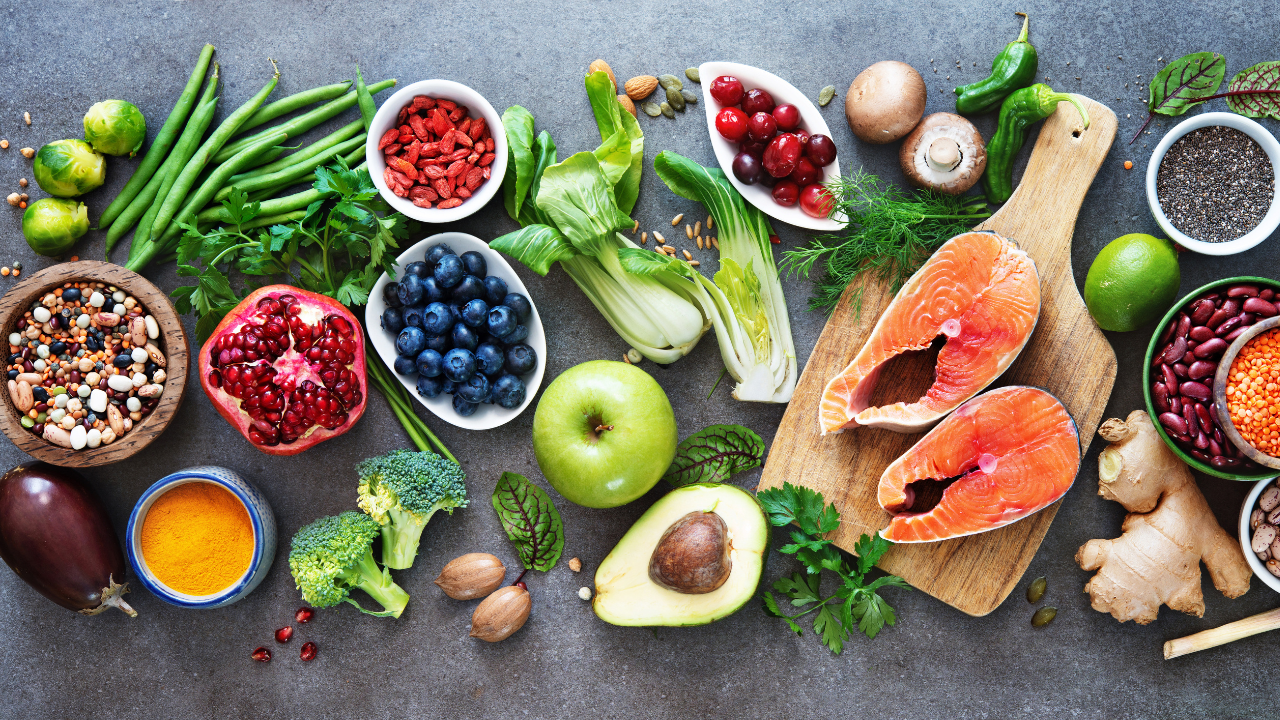Addressing Hidden Hunger Through Biofortification
What is Hidden Hunger?
Hidden hunger refers to micronutrient deficiency, a global health crisis affecting more than 3 billion people, primarily in Africa, Asia, and Latin America (1). It occurs when the body lacks essential vitamins and minerals, such as iron, zinc, calcium, and potassium, needed in small amounts for proper growth, development, and overall health.
This form of malnutrition often goes unnoticed because it does not always manifest as hunger. Yet, its consequences are profound, particularly during the first 1,000 days from conception to age two, when nutrient deficiencies can permanently impair cognitive development and immunity. Women and adolescent girls are also especially vulnerable. Hidden hunger contributes to stunting, anemia, blindness, poor pregnancy outcomes, and weakened immune systems, leaving populations more susceptible to diseases such as COVID-19.
In 2024, more than 150 million children under five were stunted, reflecting both physical and developmental setbacks that limit education, productivity, and income later in life (2). The global economic burden of undernutrition exceeds $1 trillion annually, with some Asian and African economies losing up to 11% of their GDP to the impacts of hidden hunger (2).
Biofortification: A Sustainable Response
For much of the world’s population, staple crops such as rice, wheat, and maize provide most daily calories. However, these crops often lack the essential vitamins and minerals needed for good health. Biofortification provides a sustainable and cost-effective solution by enhancing the nutrient content of staple crops during growth, rather than adding nutrients after harvest.
This process, achieved through agronomic practices, conventional plant breeding, or modern biotechnology, improves the nutritional quality of food crops and delivers benefits directly to populations that rely on them. Biofortification is particularly effective for smallholder farmers and low-income communities that consume mainly what they grow and have limited access to diverse foods, supplements, or fortified products.
Examples of biofortification projects include:
Iron-enriched rice, beans, sweet potato, cassava, and legumes
Zinc-enriched wheat, rice, beans, sweet potato, and maize
Provitamin A–enriched sweet potato, maize, and cassava
By embedding improved nutrition directly into staple foods, biofortification reduces dependency on external supplementation and strengthens resilience in food systems, especially in regions facing climate stress and rising food prices.
Biofortification and Science Diplomacy
As climate change reshapes global agriculture and fertile land becomes scarcer, the need for resilient, nutrient-rich crops grows increasingly urgent. A recent NASEM study warns that global agricultural production will struggle to keep pace with population growth (3). Biofortification offers a pathway to address this challenge by making food systems more efficient, equitable, and sustainable.
Sustainably scaling up biofortified crops requires coordinated action across the research, policy, and implementation spectrum, from developing improved planting materials to ensuring farmers and consumers have access to them. Science diplomacy plays a critical role in facilitating this alignment. It brings together scientists, policymakers, donors, and communities so they can share data, technologies, and best practices while encouraging open, inclusive collaboration.
Sharing knowledge about biofortified crops, their reach, impact, and ongoing global initiatives to scale this proven strategy is central to addressing hidden hunger. Creating nutrient-rich crops like those enhanced with iron, zinc, and vitamin A needs to go hand in hand with better agricultural policies, investments in nutrition, and social support to make healthy food affordable and available. Sustained commitment from donors, researchers, and governments will be essential to embed biofortification into global food systems and ensure that its benefits reach those most affected by hidden hunger.
Global Partners Driving Action Against Hidden Hunger
A number of international organizations are leading the effort to strengthen food security, combat malnutrition, and advance biofortification research. Together, they are shaping more resilient and equitable agrifood systems:
Food and Agriculture Organization (FAO) –Coordinates global efforts to end hunger and improve nutrition.
International Fund for Agricultural Development (IFAD) –Invests in rural communities and empowers smallholder farmers.
World Food Programme (WFP) –Provides food and nutrition assistance in vulnerable regions.
World Bank –Finances agricultural and nutrition-focused projects worldwide.
HarvestPlus –Develops and promotes biofortified crops rich in essential nutrients.
CGIAR –Advances agricultural innovation and research for a food-secure future.
National Academies (Science Breakthroughs 2030) –Guides long-term strategies for food and agricultural research.
References:
https://pmc.ncbi.nlm.nih.gov/articles/PMC10543656/
https://www.worldbank.org/en/topic/nutrition/overview
https://nap.nationalacademies.org/resource/25059/ScienceBreakthroughs2030ReportBrief.pdf

